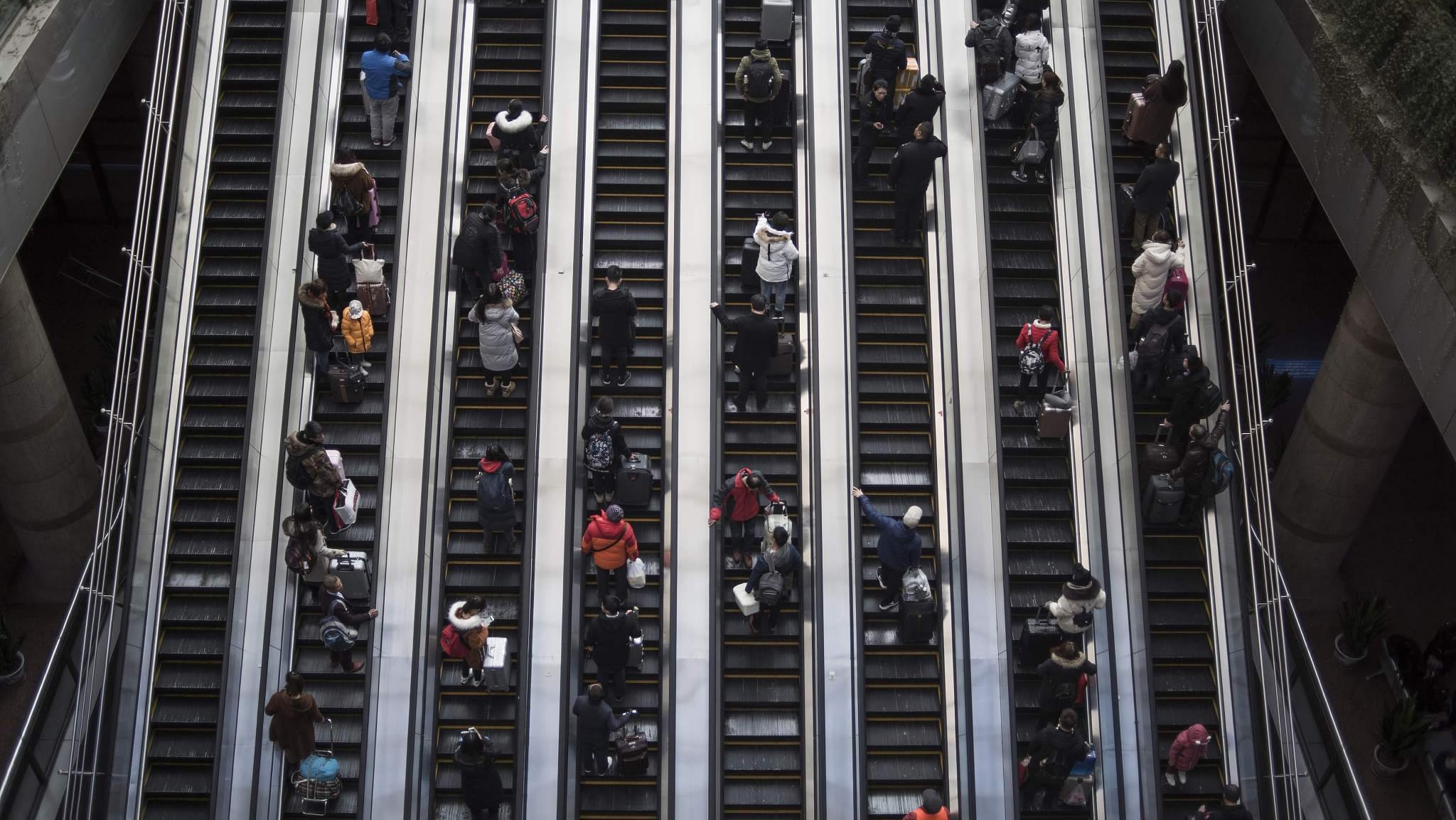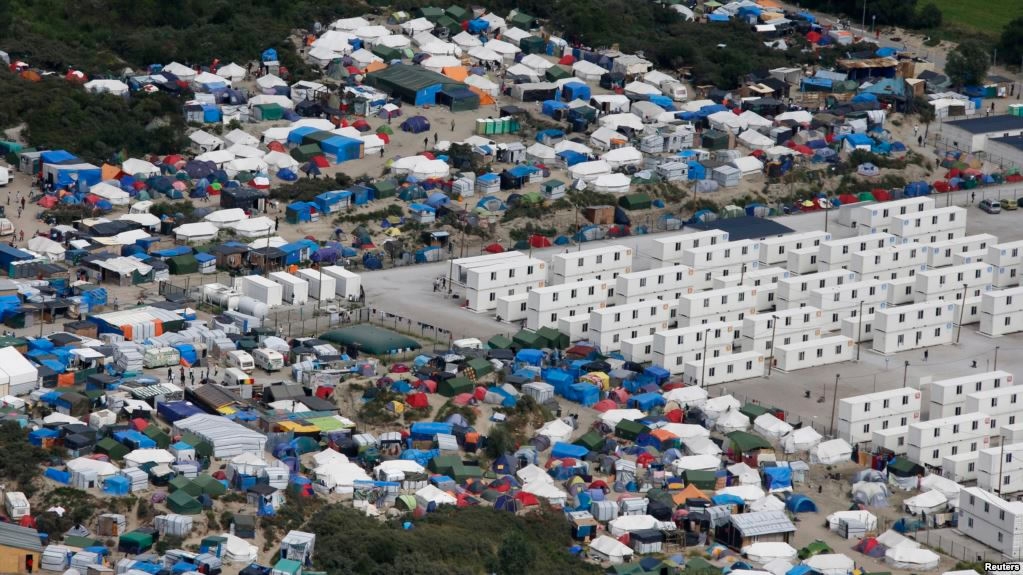
Opinions
16:29, 19-Feb-2018
Culture, migration and cities
Montira Horayangura Unakul

A session on “Integrating Migrants in Cities” was held during World Urban Forum at Kuala Lumpur last week. Experts from various countries presented their views on issue of migration and urbanization.
Following is an excerpt of the speech by Montira Horayangura Unakul, National Professional Officer with UNESCO’s Culture Unit, Bangkok.
Migration is fundamental in shaping many of our societies today. Indeed, migration is now more important in determining the demographics of cities than fertility and mortality.
We are seeing the emergence of super-diverse cities arising from massive migration flows. One in five of the world’s foreign-born population resides in global gateway cities such as London and New York City. In cities like Dubai, migrants account for over 50 percent of the population.
Migration is giving rise to new urban configurations of nationality, ethnicity, language, religion, age, gender, legal status, class and human capital. Unlike in the past, minorities and immigrants are vocal and demand equal rights to be recognized and to take part in the collective life of the city.
Given this, the governance of urban cultural diversity is one of the principal challenges now facing cities.

A makeshift camp of shipping containers and tents houses migrants in the 'jungle,' a sprawling camp at the French port of Calais. Two camps planned in Paris could lead to its dismantling.
A makeshift camp of shipping containers and tents houses migrants in the 'jungle,' a sprawling camp at the French port of Calais. Two camps planned in Paris could lead to its dismantling.
UNESCO upholds that culture is one of the pillars of sustainable development, in addition to the dimensions of economic, social and environmental well-being. Culture is important in terms of our individual and collective identities.
It extends well beyond historic buildings or museums to encompass practices, expressions, bodies of knowledge and skills that people are constantly recreating.
In the context of migration, the cultural practices that people bring with them from home – food, language beliefs and traditions – sometimes goes through a retrenchment (becoming ever more essentialist), but more often evolves upon contact with new circumstances and external influences.
Many of the negative stereotypes of migration have a cultural dimension, for instance, that migration is disruptive for the cohesion of societies. Unfortunately, in many countries, we still see migration linked to discrimination, exclusion, and xenophobia.
But on the other hand, migration can also have positive effects both at the places of origin as well as places of destination, with flows of people driving us towards plural societies and the dynamic reinvention of cultural identities and social networks.
Cities are the place that records the collective memory of people, with layers of historical, societal and cultural deposits old and new accumulating over time. In super-diverse cities, new migrants tend to inhabit urban spaces where previous waves of migrants still live, leading to a rich layering of social and cultural forms.
Migrants in cities tend to assimilate economically, out of necessity and given that in cases of voluntary migration, seeking economic opportunities is often a key source of motivation.
Finding work, however, does not necessarily mean economic empowerment, as too often migrants labor in conditions of exploitation. Social assimilation tends to be even trickier.
In many cases, we find migrants creating social and cultural sub-communities that are separate from host communities, with replacement social networks often bearing the markers of one’s hometown.
These pockets and ghettoes of cultural minorities face social exclusion and tension with host communities. Such tensions are exacerbated in the context of non-welfare states, where there is little or no support for employment, housing or social protection, migrants and local residents have to compete for scarce resources and opportunities.
Under these circumstances, migration influences the physical and social pattern of the city, with clear spatial divisions and segregation along class and cultural lines.
How should urban leaders and policymakers overcome such divisions?

Cambodian migrant workers cross the border into Thailand
Cambodian migrant workers cross the border into Thailand
In the past, there have been three prevalent policy models in assimilating migrants. The first is the approach of civic, cultural integration used in France and America. The second is the German approach in the 1960s, where guest workers were invited to work, but not given rights for extended residence or citizenship.
The third is the model of multiculturalism, such as in Canada. However, multiculturalism has too often ended up being a mechanism to slot people into ethnic and cultural boxes, leading to the perverse effect of perpetuating divisions rather than breaking them down.
To ensure that cities are inclusive, UNESCO promotes intercultural rather than multicultural approaches. This calls for increased interaction and relationships among different cultural groups, with the ultimate goal of encouraging diverse communities to live together in productive harmony rather than leading parallel lives.
With this vision in mind, cities should consider four policy takeaways for the governance of urban cultural diversity. First, cultural diversity, including of migrants, should be seen as an asset. Second, principles of cultural equity need to be embedded in city policies. Third, urban diversity requires collaborative decision-making processes.
And finally, intercultural competences should be nurtured through education. Only in this way can migration and cultural diversity be leveraged for a truly sustainable urban future.
This speech draws upon the landmark UNESCO Global Report on Culture for Sustainable Urban Development launched during the Third United Nations Conference on Housing and Sustainable Urban Development (Habitat III) with special reference to the work of Raj Isar, Steven Vertovec and Rahul Goswami.

SITEMAP
Copyright © 2018 CGTN. Beijing ICP prepared NO.16065310-3
Copyright © 2018 CGTN. Beijing ICP prepared NO.16065310-3